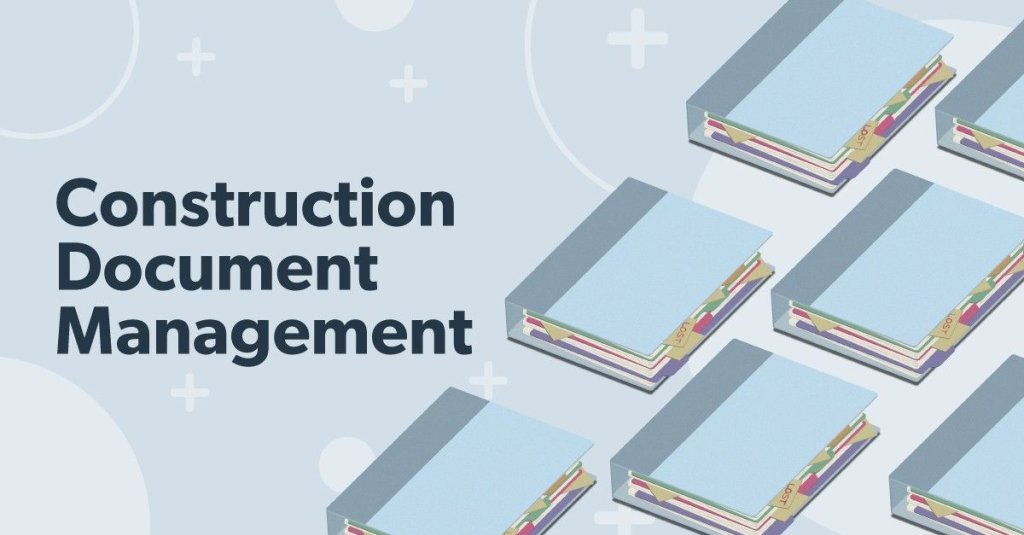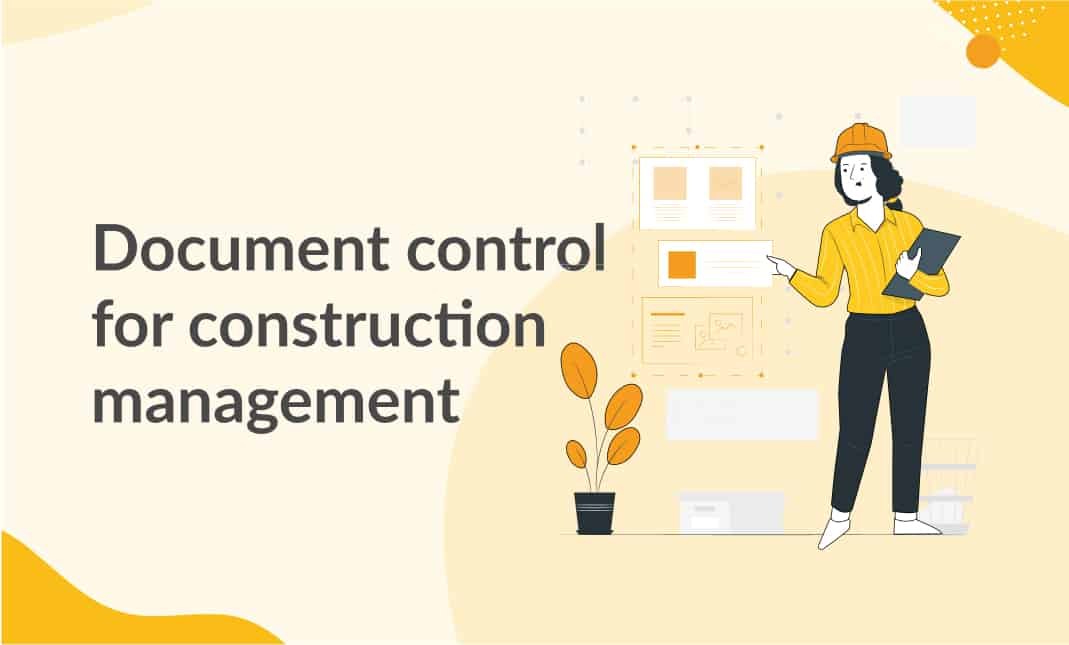Safeguard Your Success: Construction Document Management Strategies for Professionals
Safeguard Your Success: Construction Document Management Strategies for Professionals
Blog Article
Architect's Overview to Simplifying Construction File Monitoring for Efficient Project Implementation
The process of organizing, sharing, and preserving these documents can often come to be a maze of inadequacies and setbacks if not handled carefully. By checking out organized techniques, ingenious devices, and market finest methods, architects can not just improve their file monitoring processes however likewise lead the method for more effective project implementation.
Significance of Efficient Paper Administration
Efficient paper management is vital for designers in the building and construction sector as it plays a critical role in ensuring the successful implementation of jobs. Appropriate company and monitoring of these files are vital to keep job timelines, ensure conformity with regulations, and promote efficient interaction among task stakeholders.

Effective file administration allows designers to gain access to critical information promptly, track task progression properly, and minimize threats linked with omissions or errors. By implementing structured paper administration processes, designers can enhance cooperation with customers, specialists, and other staff member, bring about improved task end results and customer fulfillment.
Moreover, efficient document monitoring assists designers preserve an extensive project history, enabling them to utilize past experiences and lessons found out for future tasks. In today's hectic building market, where timely decision-making and details sharing are extremely important, reliable file management is a foundation for success.
Approaches for Simplifying Document Organization
Efficient record monitoring methods not only make certain task success for architects in the building and construction market however additionally lay the structure for executing techniques for streamlining file company. To improve file organization properly, architects need to initially establish a clear naming convention for folders and documents. Uniformity in calling documents based on project phases, record types, and relevant information will certainly assist in very easy access and reduce confusion.
Utilizing cloud-based storage solutions can additionally boost document organization by giving a centralized area for all project-related data - construction document management. This permits employee to access the most up-to-date papers from anywhere, advertising partnership and performance. Implementing version control devices additionally refines paper organization by tracking changes, stopping conflicting edits, and making certain that the most up to date variations are always readily available
In addition, creating a logical folder framework with assigned subfolders for different record categories, such as illustrations, agreements, and specifications, can streamline document administration processes. Frequently evaluating and purging outdated or redundant files will assist maintain a lean and organized file database, ultimately enhancing efficiency and task results.
Leveraging Technology Devices for Collaboration
In the realm of modern style, designers are increasingly depending on sophisticated innovation devices to cultivate seamless collaboration among task stakeholders. Cloud-based platforms such as BIM 360 and Procore allow real-time access to task documents, enabling engineers, professionals, and clients to team up properly regardless of their physical location.
Virtual layout and construction (VDC) software like Revit and AutoCAD Design allow designers to create detailed 3D versions that can be shared and edited collaboratively. This real-time collaboration enhances layout visualization, control, and accuracy, resulting in far better decision-making throughout the project lifecycle. Additionally, communication tools like Slack and Microsoft Teams provide immediate messaging, file sharing, and video clip conferencing capabilities, cultivating seamless communication among group participants and stakeholders.
Making Sure Accuracy and Variation Control

Effective version control likewise assists in handling record approvals and guaranteeing that only authorized workers make adjustments. Engineers must establish clear protocols for documenting adjustments, consisting of timestamps and user recognition, to develop an audit path for accountability. Consistently communicating with the job group regarding variation updates and changes is important to prevent complication and maintain alignment throughout the building procedure.
Ideal Practices for File Sharing and Gain Access To
Having established a robust system for variation control in construction record monitoring, engineers can now concentrate on optimizing paper sharing and accessibility approaches to boost cooperation and effectiveness among project stakeholders. One of the ideal techniques for reliable paper sharing is to utilize cloud-based systems. These systems visit their website offer real-time access to job documents, enabling staff member to see, edit, and talk about files at the same time. By centralizing papers in a cloud environment, engineers can make sure that all stakeholders are dealing with the most current details.
Furthermore, applying role-based access control is important for preserving data safety while facilitating collaboration. Designating various approval levels to employee makes sure that sensitive information is only obtainable to authorized employees. Consistently upgrading accessibility approvals based upon job requirements and team adjustments is vital for preserving information stability.
Integrating task monitoring software application with document sharing systems can also enhance workflows. This assimilation permits smooth communication, job tracking, and paper management within a solitary interface, lowering the requirement to switch over between several tools. By following these finest practices, designers can create a much more effective and collaborative file sharing setting, ultimately causing successful job implementation.

Conclusion
Finally, efficient construction document monitoring is critical for effective job execution. By implementing strategies for company, leveraging innovation tools for cooperation, making certain accuracy and version control, in addition to adhering to best practices for document sharing from this source and gain access to, architects can improve their operations and enhance overall project effectiveness. Prioritizing these facets of document monitoring will result in smoother task execution and better results for all stakeholders included.
Efficient paper management is important for architects in the building sector as it plays a pivotal role in guaranteeing the effective implementation of jobs. construction document management. Correct organization and administration of these files are essential to preserve project timelines, guarantee compliance with laws, and help with efficient interaction among task stakeholders
Reliable file administration techniques not only make sure task success for architects in the building and construction industry however additionally lay the structure for executing methods for improving file company. One vital strategy is establishing a centralized paper database where all team participants can access the newest versions of drawings, specifications, and other project documents.Having established a robust system for version control in building document administration, engineers can you can find out more currently concentrate on maximizing document sharing and access methods to improve partnership and performance amongst job stakeholders.
Report this page